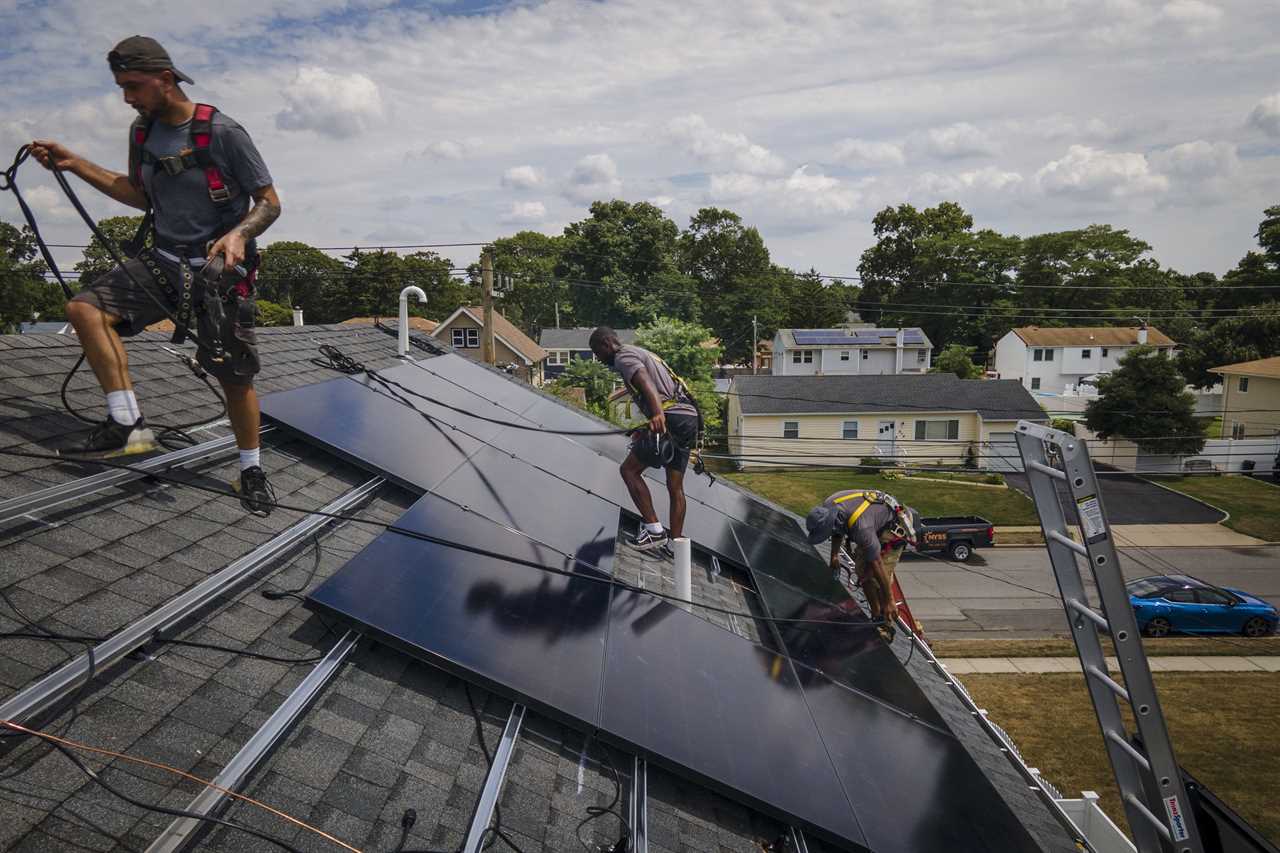
ALBANY, N.Y. — A generational push to tackle climate change in New York is quickly becoming a pocketbook issue headed into 2024.
Some upstate New York electric customers are already paying 10 percent of their utility bill to support the state's effort to move off fossil fuels and into renewable energy. In the coming years, people across the state can expect to give up even bigger chunks of their income to the programs — $48 billion in projects is set to be funded by consumers over the next two decades.
The scenario is creating a headache for New York Democrats grappling with the practical and political risk of the transition.
It’s an early sign of the dangers Democrats across the country will face as they press forward with similar policies at the state and federal level. New Jersey, Maryland and California are also wrestling with the issue and, in some cases, are reconsidering their ambitious plans.
“This is bad politics. This is politics that are going to hurt all New Yorkers,” said state Sen. Mario Mattera, a Long Island Republican who has repeatedly questioned the costs of the state’s climate law and who will pay for it.
Democrats, Mattera said, have been unable to explain effectively the costs for the state’s goals. “We need to transition into renewable energy at a certain rate, a certain pace,” he said.
Proponents say the switch will ultimately lower energy bills by harnessing the sun and wind, result in significant health benefits and — critically — help stave off the most devastating climate change scenarios. And they hope federal money from the Inflation Reduction Act, celebrating its one-year anniversary, can limit costs to consumers.
New York has statutory mandates calling for 70 percent renewable electricity by 2030 and a fully “zero emissions” grid by 2040, among the most aggressive targets in the country. The grid needs to be greened, while demand for electricity is expected to more than double by 2050 — the same year when state law requires emissions to be cut by 85 percent from 1990 levels.
But some lawmakers in New York, particularly upstate Democrats, and similar moderates across the nation are worried about moving too quickly and sparking a backlash against higher costs. The issue is another threat to Democrats heading into the critical 2024 battleground House races in New York, which will be instrumental in determining control of Congress.
Even Gov. Kathy Hochul, a Democrat who is fond of saying that “we’re the last generation to be able to do anything” about climate change, last spring balked at the potential price tag of a policy to achieve New York’s climate targets. And she’s not the only top member of her party to say so.
“If it's all just going to be passed along to the ratepayers — at some point, there's a breaking point, and we don't want to lose public support for this agenda,” state Comptroller Tom DiNapoli, a Democrat, warned in an interview.
Ramping up renewables
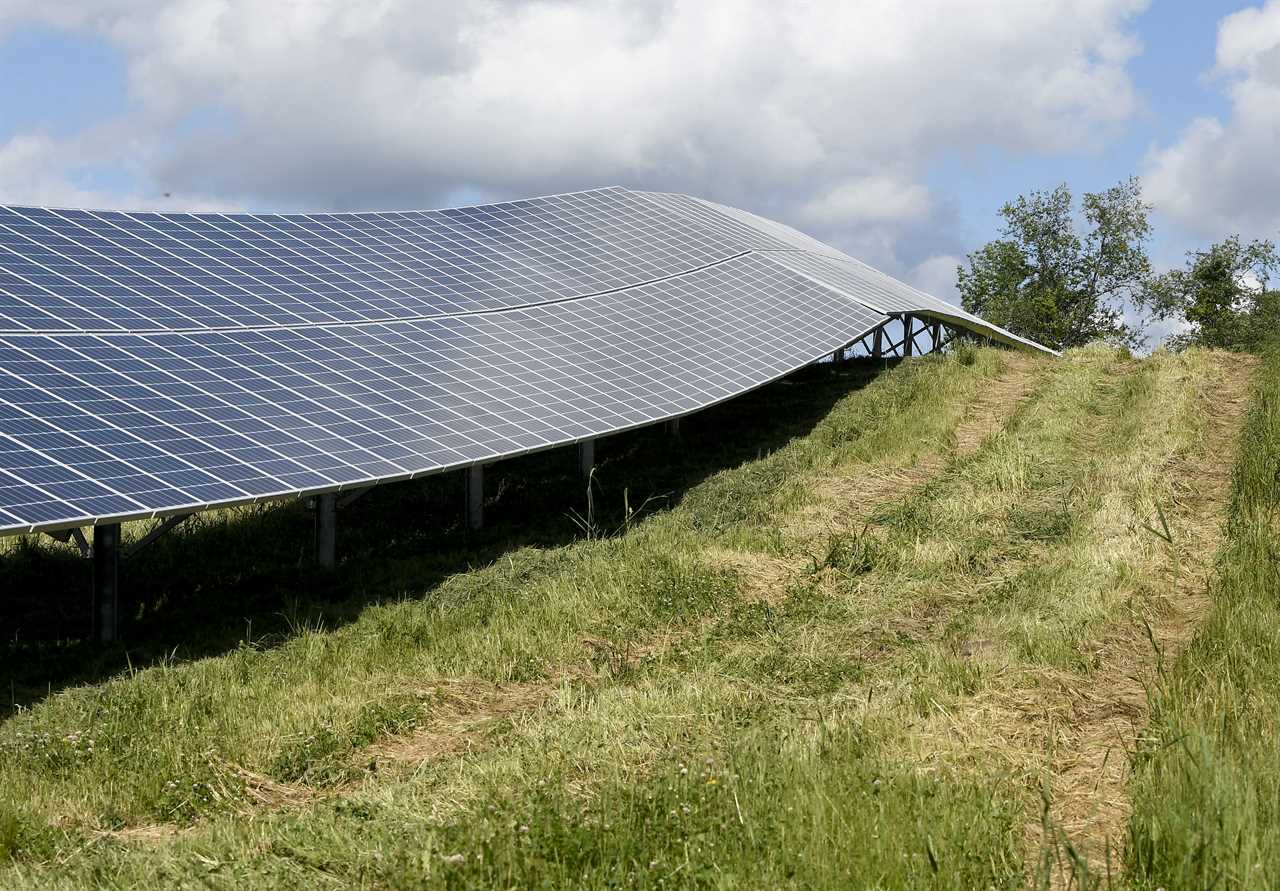
Part of the problem is New York has been unable to meet its previous renewable targets, which DiNapoli’s office in a recent report attributed in part to permitting challenges and inconsistent contracting efforts.
New York got about 29 percent of its electricity from renewables in 2022, three-quarters of which came from large hydropower dams in upstate New York.
The costs of the state’s renewable energy mandates are being paid for almost solely by New York residents and businesses through their electric bills. With renewable developers asking for higher subsidies to deal with inflation, those costs are expected to increase while expected savings from the transition takes longer to materialize.
Democrats who control New York’s government are increasingly worried about the fallout.
“I'm very concerned about the cost and the impact on our ratepayers, our constituents,” said Assemblymember Didi Barrett, a Hudson Valley Democrat who chairs the chamber's Energy Committee. “People right now are already complaining about where their utility costs are, so it has to be part of the conversation.”
Utility rates are a particularly regressive way to fund the clean energy transition. Wealthy residents pay the same amount for electricity as people struggling to make ends meet.
While some programs exist to assist low-income individuals, those aren’t available to middle-income people and can be difficult to access. The state also has a policy goal of capping utility costs at 6 percent of income, which some lawmakers want to enshrine in law to ensure it is achieved.
But the mounting costs for the transition continues to draw warnings from a wide array of regulators, advocates and legislators.
New York City “supports efforts to transform our electric system away from fossil fuels to sustainable, carbon-free technologies,” a lawyer for Mayor Eric Adams’ administration wrote in recent comments on a potential new clean energy subsidy. “However, the City is very concerned that the cost of utility service is becoming unaffordable for many New Yorkers.”
Democratic lawmakers are planning a hearing in the fall on the costs of the climate law to ratepayers.
Transition benefits awaited
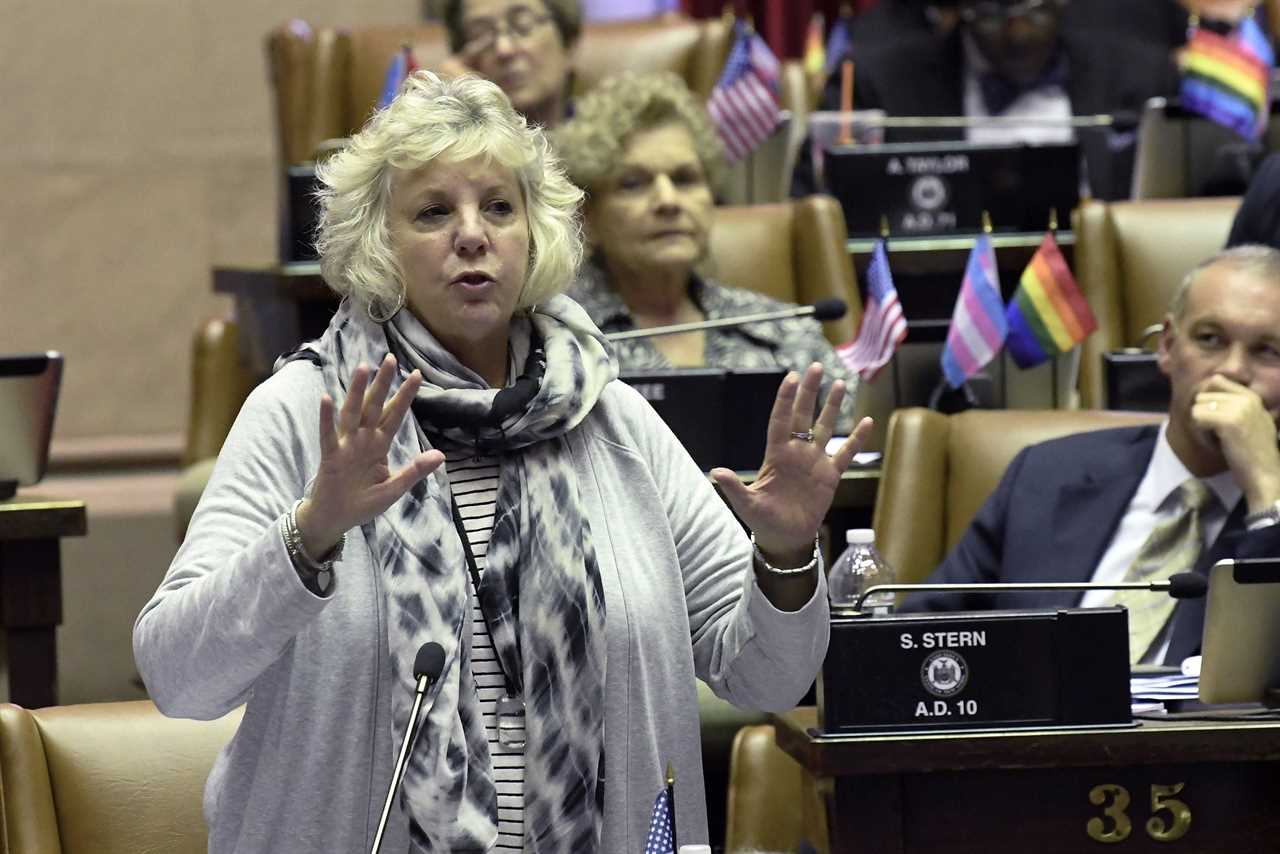
Bringing new renewables online will, in the long run, lower costs for electricity and insulate New York residents from the volatility of oil and gas prices, proponents said.
“Our optimistic view — our view of the future — is that as we include additional renewable energy resources; the instability that we experienced recently and have experienced historically with fluctuating energy prices can be mitigated; and we can have a far more stable energy system and a far more affordable energy system,” Rory Christian, the chair of the state’s Public Service Commission that regulates utilities, said in an interview.
Academic research supports his view, with studies of the transition ultimately showing benefits, especially when factoring in the value of eliminating greenhouse gas emissions. Lowering co-pollutants also has significant health benefits.
But there is still the question of customers’ tolerance for higher bills, especially during the current inflationary period, and whether their anger will translate to trouble at the polls for Democrats.
A recent report by the state Public Service Commission’s staff found the transition is already increasing utility bills. National Grid electric customers in upstate New York saw 9.8 percent of their bills go toward climate investments in 2022; for Con Edison customers in New York City, it was 4.4 percent. That amounts to an average of about $9.40 out of a $96 monthly bill for upstate Grid customers and $7.90 out of a $182 monthly bill for Con Ed customers.
Christian said that benefits from the Inflation Reduction Act, which in part subsidizes clean energy projects, will help lower the cost to ratepayers for some programs. But details of how some of those programs will work is still sparse.
Cost concerns rampant
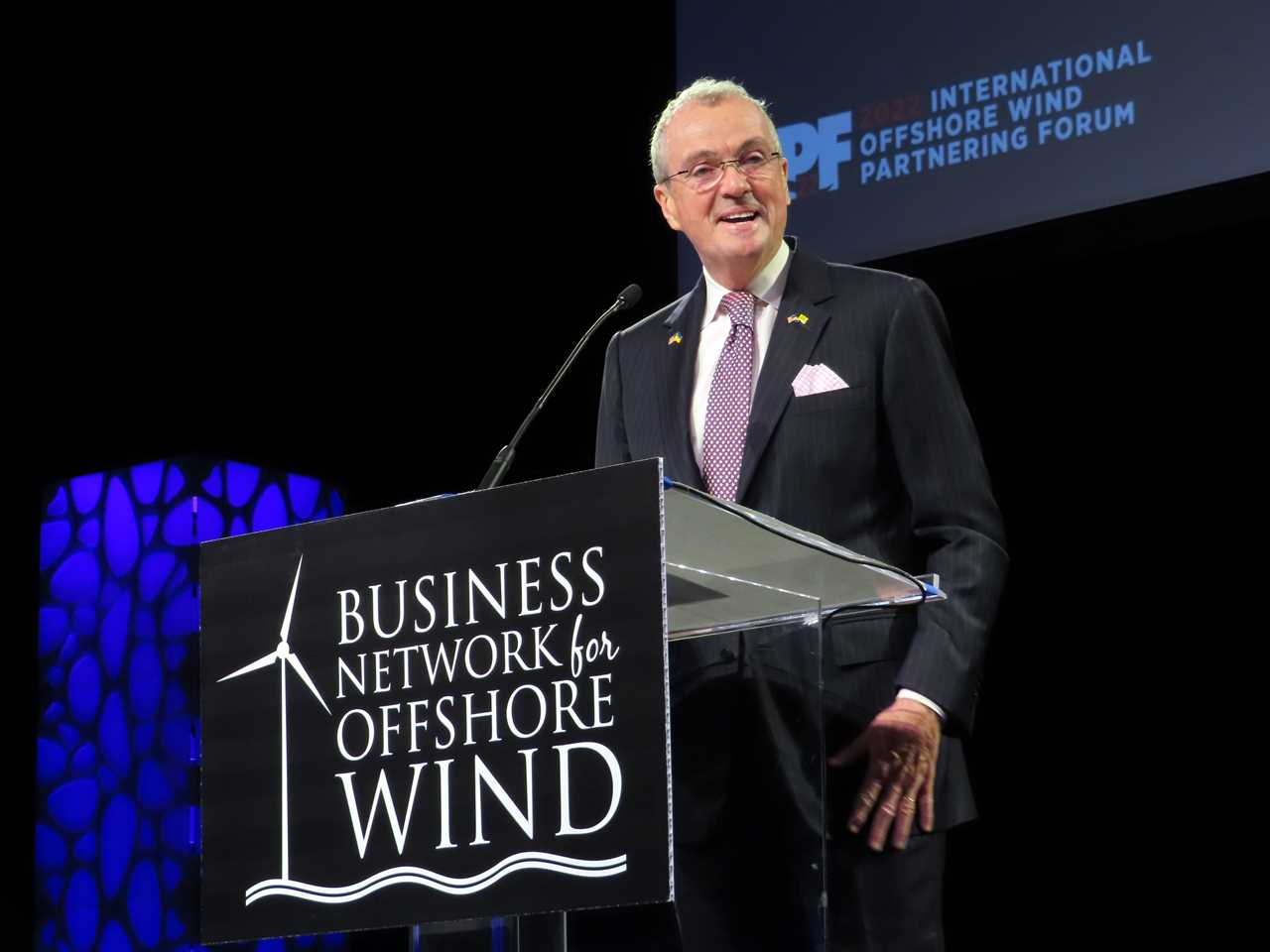
Other states are also dealing with similar concerns.
In New Jersey, all of the state’s legislative seats are on the ballot this fall, and the expense of moving away from natural gas and building new state-backed offshore wind projects are major campaign issues in some races.
Republicans have been hammering Democrats, including Gov. Phil Murphy, on the costs of his clean energy plan.
A study released by the state’s utility regulators last summer found Murphy’s clean energy policies could increase rates by 10 percent to 20 percent unless people use less energy, buy an electric car and rip out their natural gas appliances to install new electric appliances.
And that was before he set even more ambitious clean energy targets this year.
Meanwhile, the outgoing chair of Maryland’s utility regulator, appointed by moderate Republican Gov. Larry Hogan, recently cautioned policymakers to make sure ratepayers don’t foot the bill for aggressive climate policies.
In California, Democratic Gov. Gavin Newsom proposed substantial cuts to climate programs at the beginning of the year and ultimately cut a deal with lawmakers to trim spending.
Still, California has a longstanding cap-and-trade program and a low carbon fuel standard that incentivizes electrification and alternative fuels, with proceeds aimed at reducing costs of the transition.
And while those programs increase gas costs between 22 and 44 cents per gallon, Newsom is now in the midst of implementing an anti-price gouging law targeting oil and gas companies.
Washington state’s first auctions under a new cap-and-trade program have raised significant revenue. But the program has been linked to rising fuel prices in the state, with farmers saying they’re getting hit despite an exemption in the law.
Alternative funding mechanism
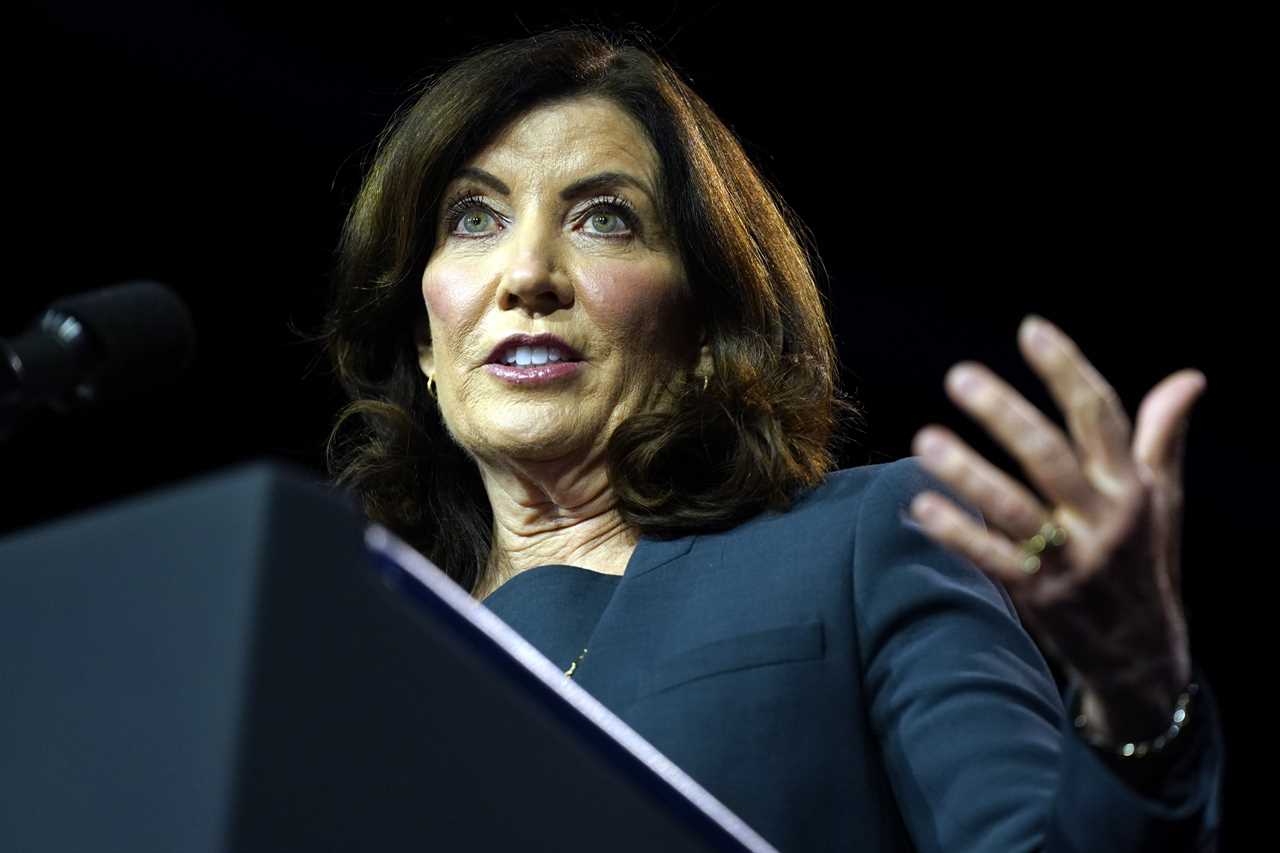
Democratic lawmakers approved New York’s landmark climate law in 2019, but haven’t had to grapple with the policies — and the costs —that will allow the state to achieve its goals until recently.
“My job at this point is: How are we going to achieve the goals, which I support and I voted for, and how are we going to pay for them,” Barrett said.
The main mechanism to raise funds, backed by a Hochul-administration dominated panel, looks likely to be an economy-wide cap-and-trade system to ratchet down emissions over time and auction off the right to pollute. Such a program will likely raise fossil-based energy costs, including at the pump and on utility bills.
Citing the high prices in Washington, Hochul officials earlier this year said the state’s climate law needed to be rewritten because the potential cost impacts under cap-and-trade would be too burdensome. But Hochul backed down after backlash from environmentalists and groups that pushed for passage of the climate law.
Assemblymember Ken Zebrowski (D-Rockland County) said at the time the increases in gas prices estimated by the Hochul administration under cap-and-trade were not reasonable.
“Assuming those are real numbers, they are absolutely unaffordable for New Yorkers — and we will need to amend the law,” Zebrowski said.
Some key Democratic lawmakers are instead pushing for a Superfund-style program to charge large fossil fuel companies for damages caused by historical pollution, pitching it as a way to raise billions without costs being passed to consumers. The Hochul administration, though, has been wary of the potential litigation that could come from it.
Lawmakers earlier this year instead approved a rebate program for a third of any revenue raised by the cap-and-trade program, which is still in development.
“We're waiting to have some information to react to,” Barrett said. “The world has changed since 2019 in lots of ways, so we have to work in the reality of where we are now.”
Ry Rivard contributed to this report.
----------------------------------------
By: Marie J. French
Title: States have big hopes for renewable energy. Get ready to pay for it.
Sourced From: www.politico.com/news/2023/08/22/new-york-renewable-energy-cost-00112126
Published Date: Tue, 22 Aug 2023 04:00:00 EST
Did you miss our previous article...
https://consumernewsnetwork.com/politics-us/the-brawling-bard-of-the-debate-stage-trying-to-save-ron-desantis






